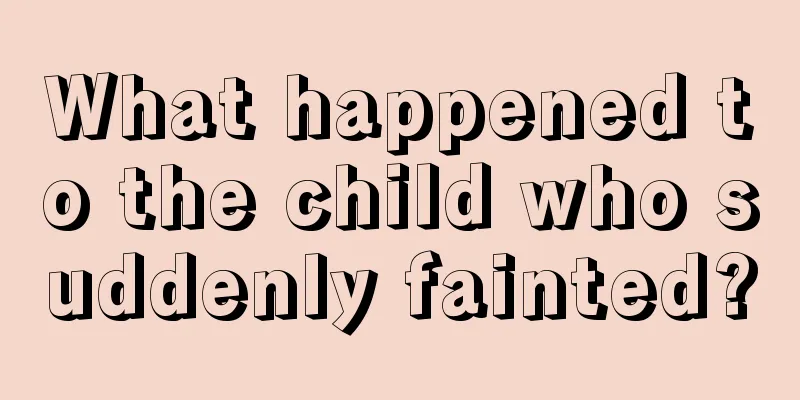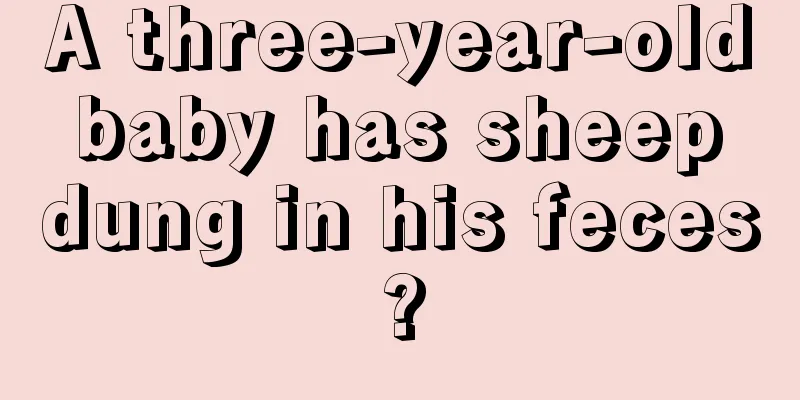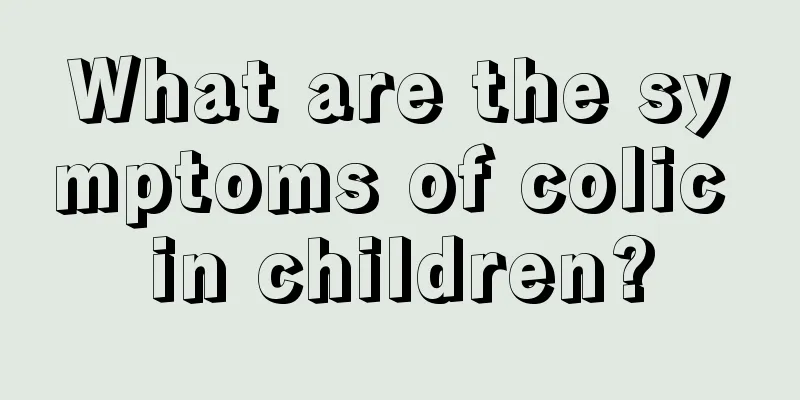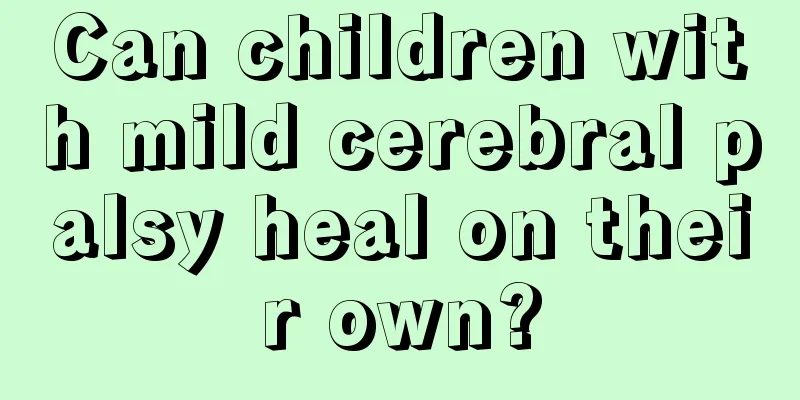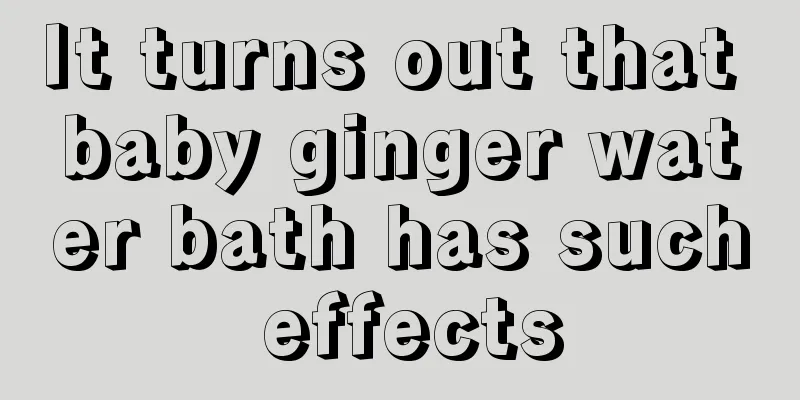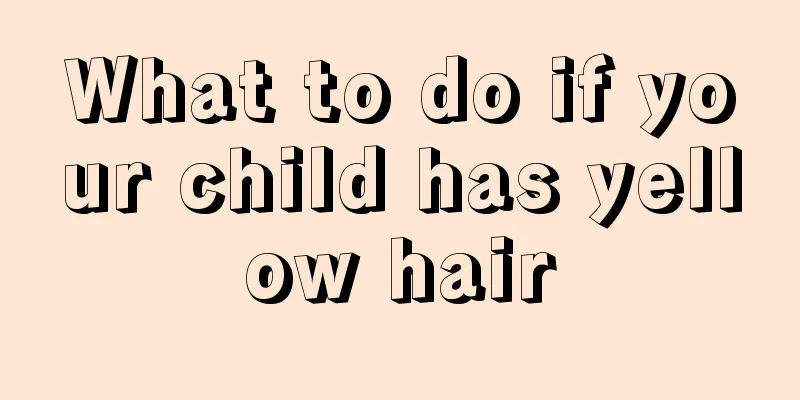What to do if your child has buck teeth

|
What we call protruding teeth are actually called buck teeth in medicine. Buck teeth are a sign of crooked teeth. This kind of teeth is closely related to bad habits and genetic factors. However, as people believe that buck teeth affect appearance, they will undergo certain dental corrections when they are discovered. For children, we can actually prevent it when we find that they have buck teeth. What to do if your child has buck teeth With the progress of society and the needs of modern civilization, people pay more and more attention to neat, white teeth and beautiful appearance. An uneven mouth of teeth not only affects children's future career and mate choices, but also easily leads to diseases such as bad breath and tooth decay. Due to human evolution (fewer and fewer teeth) and changes in dietary structure (soft food and less food), more and more people have uneven teeth. According to statistics, 67% of junior and senior high school students have occlusal dislocation. However, most parents think that as long as the teeth can be used to eat, it does not matter whether they are straight or not. As a result, when their children are around 30 to 40 years old, their teeth are excessively worn due to improper occlusion. They have to go to the dentist every year for treatment, which causes premature tooth loss. This brings inconvenience to their three meals a day and systemic diseases in their old age. This is especially true for children with underbite (commonly known as underbite). The teeth should be corrected when the children are 3 to 5 years old or 7 to 9 years old, but parents often think that they should wait until all the teeth are out before correcting them. As a result, the teeth are all out at the age of 12 to 13, the jaw is mature, and the mandible is excessively protruded. Correction can only be achieved through bone cutting, tooth extraction, and surgery. Not only is the surgery very traumatic and risky, the surgery is expensive, and the children suffer psychological disorders, and the results are not optimal. Therefore, the best way is to take your child to the hospital for examination when all the deciduous teeth come out (3 to 5 years old) or when the teeth are replaced (6 to 11 years old). If the child has an overbite, it should be corrected at the age of 3 to 5 years. Severe mandibular retrusion should be corrected as early as possible at the age of 7 to 10 years old. For crooked, twisted, or gapped teeth, girls should be corrected at the age of 11 to 13 years old, and boys should be corrected at the age of 12 to 14 years old. Correction during this period can utilize the growth inertia of the teeth and achieve the best correction effect quickly and effectively. If correction is done after the age of 18, it will be the same as correction for adults, which is time-consuming and expensive.How to prevent buck teeth in children Buck teeth are a type of dental deformity that is quite harmful to the human body. Generally speaking, almost all dental deformities are formed in childhood, and buck teeth are no exception. Prevention of buck teeth must start from childhood. As guardians, we must take responsibility for preventing children from having buck teeth. So, how to prevent children from having buck teeth? Oral orthodontic experts are here to give you some tips. 1. Let your children get rid of bad habits: such as not sucking the lips, tongue, and cheek soft tissues; not biting coins, fingers and other foreign objects; not using their teeth as tools to crack nut shells, crab legs, etc. For children who are used to breathing through their mouths, their upper respiratory tract should be checked to see if it is unobstructed, and they should receive timely treatment for conditions such as enlarged tonsils and adenoids.2 Exercise your child's chewing function: You can let your child eat vegetables, fresh fruits and other high-fiber, nutritious foods often, which is beneficial to the self-cleaning of teeth, less prone to caries, and can promote the growth and development of the oral and maxillofacial area and make the teeth align neatly. 3. Avoid using pacifiers for your baby. When using a bottle, parents should hold the bottle perpendicular to the face, try not to let the child hold it by themselves, and avoid lying flat to drink milk. Bottle use should be stopped between 1.5 and 2 years old. 4 Seize the best time for orthodontic treatment: The best time for orthodontic treatment for buck teeth is 3-4 years old. If there is a bite deformity such as uneven teeth, it should be corrected when the baby is around 12 years old and the deciduous teeth are completely replaced by permanent teeth. |
<<: What should I do if my baby has horse teeth?
>>: At what age do children grow all their teeth?
Recommend
What is the reason why the baby wakes up crying during sleep?
For babies, crying seems to be a common occurrenc...
How to educate a two-year-old and seven-month-old baby
Babies are more sensitive to things at different ...
Causes and treatment suggestions for children's cough
We all know that children have relatively poor ph...
Will the rash recur?
The problem of roseola in children can be said to...
How to deal with a child's fever
Due to the influence of physical factors, childre...
The baby has gastroenteritis symptoms
A baby's family is like a sun-kissed child, e...
How long does it take for a baby to shed its skin?
Everyone should know that snakes have to shed the...
What are the clinical manifestations of neonatal head hematoma?
Children's organs are relatively fragile, so ...
Japanese encephalitis vaccine precautions
The full name of Japanese encephalitis is epidemi...
2-year-old baby has sore throat and fever
The baby is still very young and has very low imm...
How to deal with children who don’t like to eat?
Eating is a very important aspect during childhoo...
Can young children drink monk fruit water?
The healthy growth of infants and young children ...
How to treat a baby who wakes up suddenly while sleeping
The birth of every new life will make our parents...
What is the reason for the baby's dark green stool?
Young mothers who have just given birth know noth...
How to educate a 2-year-old baby
For children, their growth process is a process o...
